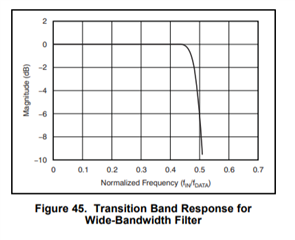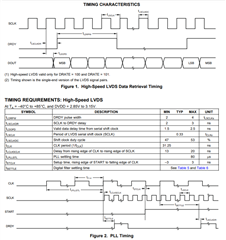Hi,
I am going to buy ADS1675 for a medical based high-frequency ultrasonic application but I'm struggling to find answers to these two questions:
1) I will use ADS1675 for digitalizing a signal with a 2MHz frequency, based on the Nyquist theorem my sampling rate should be at least twice the maximum frequency ( >=4MHz). Do you think the oversampling feature of Delta-Sigma architecture would recompensate for the low sampling rate (4MSPS)?
2) Is this ADC compatible with ARM-based CPUs like nRF52 regarding the interface?
Thank you,
Sajjad




